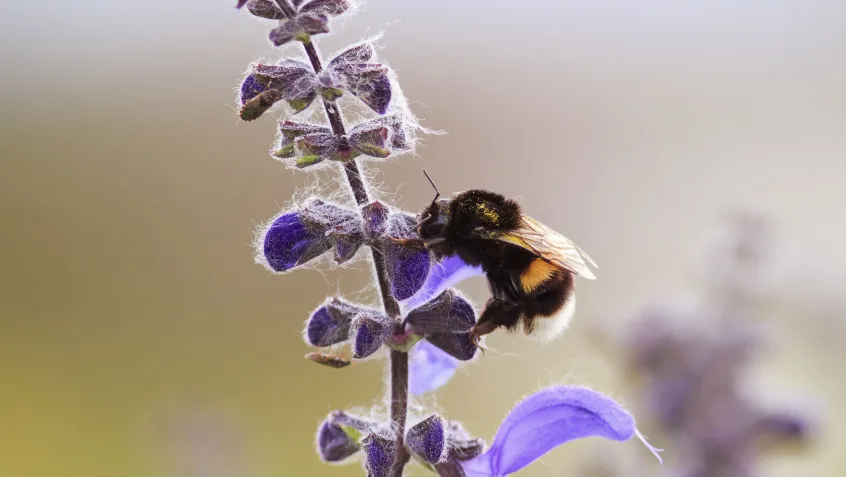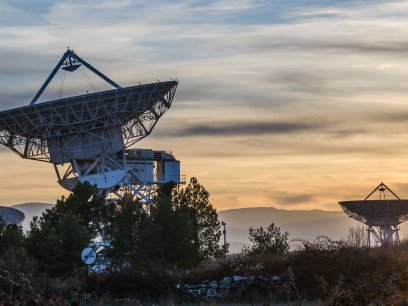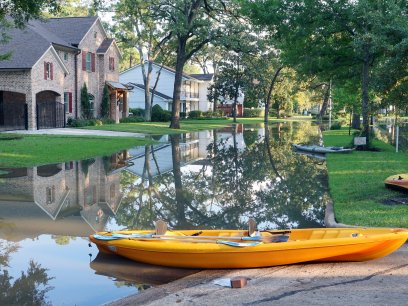
Honey bee populations in the United States add more than $15 billion in value to agricultural crops each year through pollination. Due to human influences, including pesticide use and habitat alterations, as well as natural causes such as parasites, honey bee colony sizes are steadily decreasing and in 2014 reduced by 40%.
A changing climate is posing another challenge for honey bees and other pollinators. The warming of the earth's climate has caused plant species to bloom an average of a half-day earlier each year. In total, that can result in the growing season of some species now beginning up to a month earlier compared to 45 years ago. At this rate, there is a risk that pollinators such as bees can end up out of sync with the plants that they've historically pollinated. As a result, some plants don't get pollinated and the bees are left hungry.
Modern farmers rely on pollinators to stimulate the growth of their crops just as much as they rely on fuels to run their tractors. It is important to understand the relationship between climate change, earlier growing seasons, and pollination to ensure food on the table and profitable crop yields.
Learn more:
- For an in-depth look at the science behind how climate change is affecting pollination, check out the video below from NASA.
- For an in-depth look at the science behind how pollinators are responsible for the food we eat, check out this video from the US Fish and Wildlife Service.
What you can do:
- Join the Million Pollinator Gardens Challenge to help improve the health and numbers of pollinators.
Sources:
- NASA. 2009. "Honey Bees Turned Data Collectors Help Scientists Understand Climate Change." Accessed June 19, 2018. http://www.nasa.gov/topics/earth/features/beekeepers.html
- White House. 2015. "Announcing New Steps to Promote Pollinator Health." Accessed June 19, 2018. https://www.whitehouse.gov/blog/2015/05/19/announcing-new-steps-promote…;


